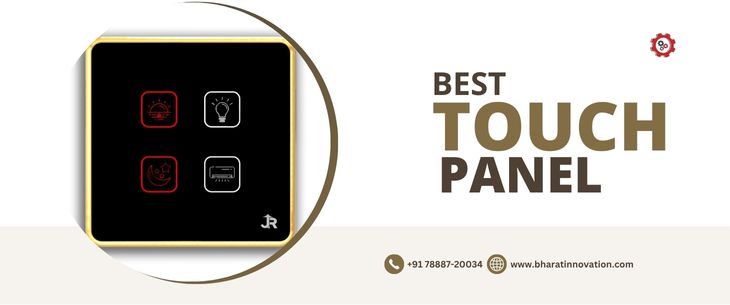
Introduction:
At its core, a touch panel for home automation is a user interface that allows homeowners to control and monitor various aspects of their living environment through a touch-sensitive screen. Imagine having the power to manage lighting, temperature, security systems, and entertainment at your fingertips. This section will delve into the technical aspects, explaining how touch panels have evolved to become the nerve center of smart homes.
Here are the 4 Best Touch Panel in India 2024
Fan Dimming
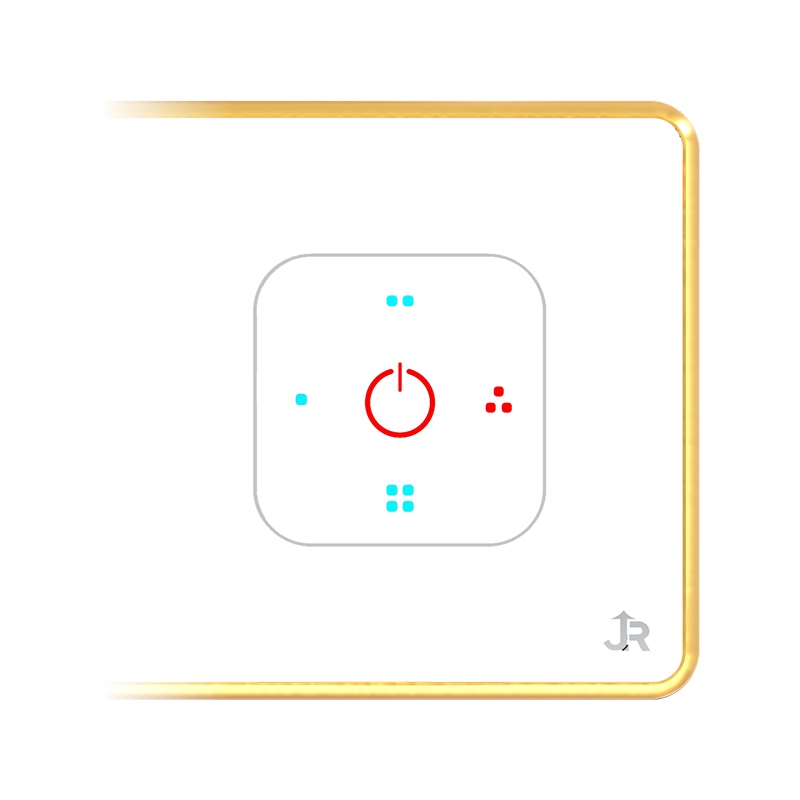
- Inbuilt four-step fan dimming
- Compatible with all Z-wave controller
- Without humming & fluent operation
- Available in major touch variant
- With rim for fan indication
- Feel the extraordinary touch
Heavy load Operation
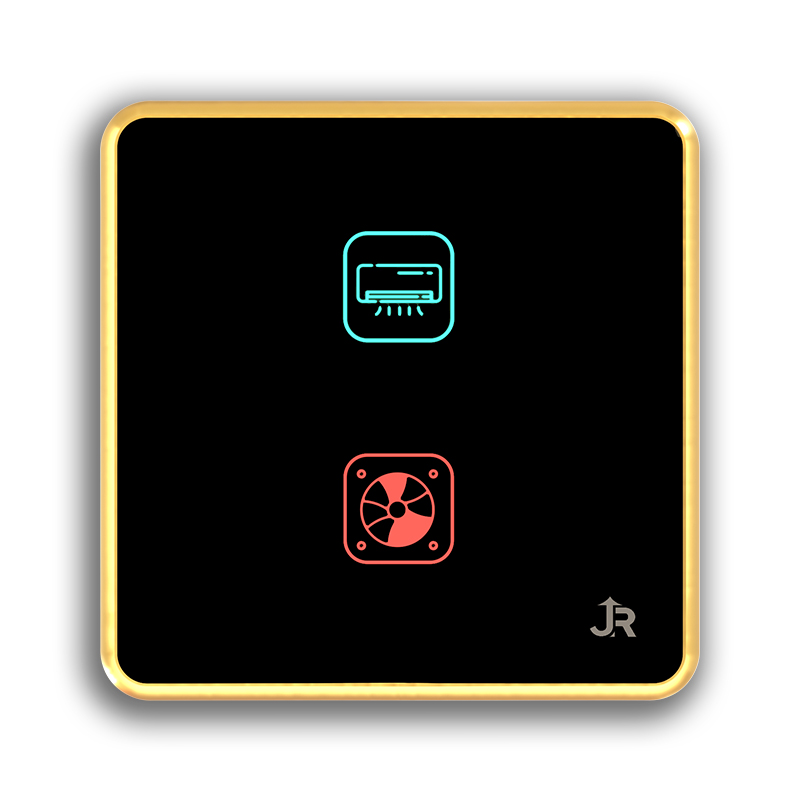
- for heavy load switching
- 15A for each channel
- Connect AC and normal geyser
- Load directly
- With perfect Switching
- Available in major variant
- For the best touch experience
- No intermediate relay required
Scenario Operation
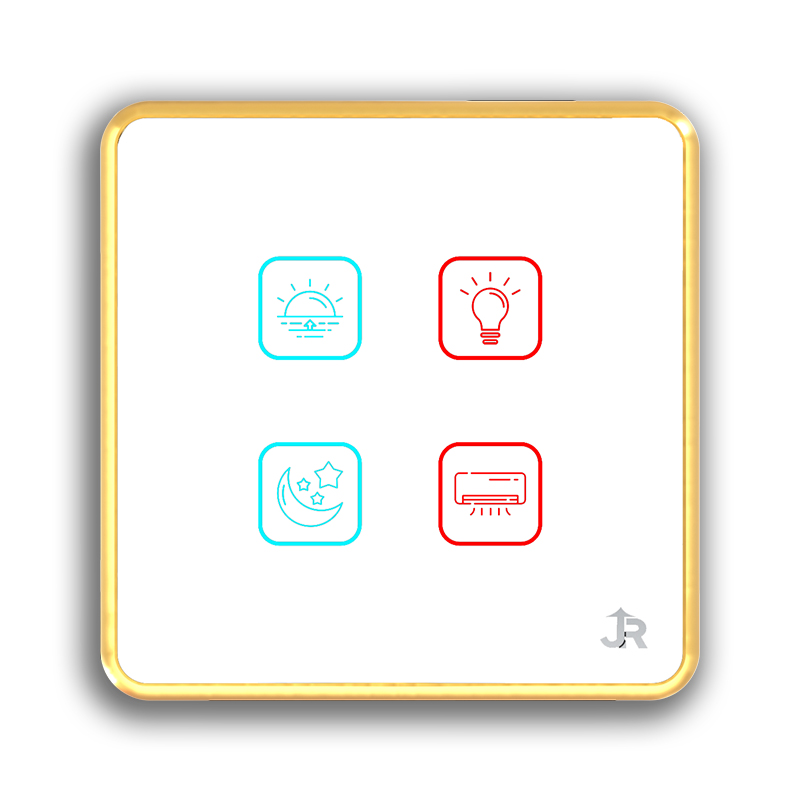
- Can convert any switch as a scenario
- Switch with parameter integration and manual process
- Play different scenes as per the programming
- Get an attractive iconic design for your perfect match
- Fast response
- Also used for single pulse command
- Best Integration with controller
Normal Switching
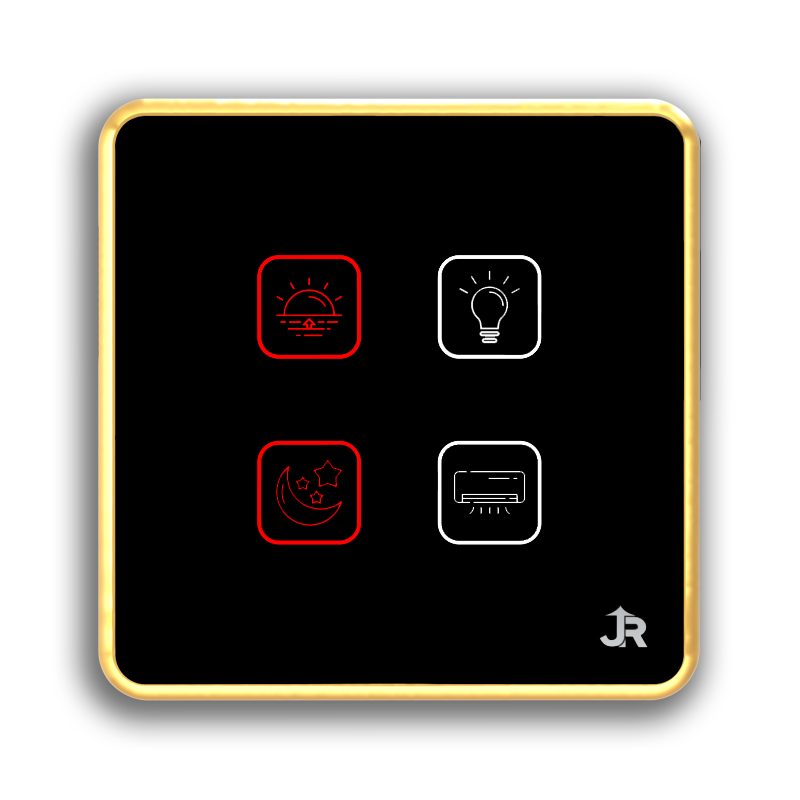
- For your LED, Bulb, designer light and
- television switching load
- 10A switching in each channel
- Compatible with all Z-wave controller
- Available in all sizes of back box
- With elegant capacities touch
5 Transformative Benefits of Touch Panels in Home Automation
- Seamless Control and Accessibility:
One of the primary advantages of incorporating touch panels into home automation is the seamless control they provide over various connected devices. From adjusting lighting and temperature to managing security systems, homeowners can effortlessly navigate through different functionalities with a simple touch. This level of accessibility not only enhances convenience but also empowers users to tailor their living environment to suit their preferences.
- Intuitive User Experience:
The intuitive nature of touch-based interfaces contributes significantly to the overall user experience. Unlike traditional control methods, such as physical switches or remotes, touch panels offer a tactile and visually engaging interaction. This user-friendly approach fosters a sense of comfort and familiarity, making it easy for individuals of all ages to navigate and operate the smart features integrated into their homes.
- Customization and Personalization:
One size doesn’t fit all, especially when it comes to home automation preferences. Touch panels allow homeowners to create customized scenarios and settings tailored to their lifestyle. Whether it’s setting up automated routines for different times of the day or personalizing lighting schemes, the flexibility of touch panels empowers users to curate a smart home that aligns perfectly with their unique needs and preferences.
- Energy Efficiency and Cost Savings:
Beyond the convenience and aesthetic appeal, touch panels contribute to energy efficiency, translating into potential cost savings. With the ability to monitor and control lighting, heating, and cooling systems in real-time, homeowners can optimize energy consumption. Smart home automation, facilitated by touch panels, allows for intelligent decision-making, ensuring that energy is used efficiently and, in turn, reducing utility bills over time.
- Integration with Smart Ecosystems:
The beauty of touch panels lies in their ability to seamlessly integrate with a broader smart ecosystem. Whether it’s connecting with voice assistants like Alexa or Google Home, or syncing with other smart devices within the home, touch panels act as the central command center. This integration not only enhances the overall interconnectedness of devices but also opens up possibilities for future expansions and upgrades in the ever-evolving landscape of smart home technology.
Conclusion:
In the dynamic world of home automation, touch panels stand as pillars of innovation, offering a host of benefits that transcend mere convenience. From intuitive control to personalized experiences and energy-efficient living, these sleek interfaces redefine the way we interact with our homes. As we embrace the transformative power of touch panels, it’s clear that they are not just gadgets but catalysts for a smarter, more connected, and more efficient living environment.



